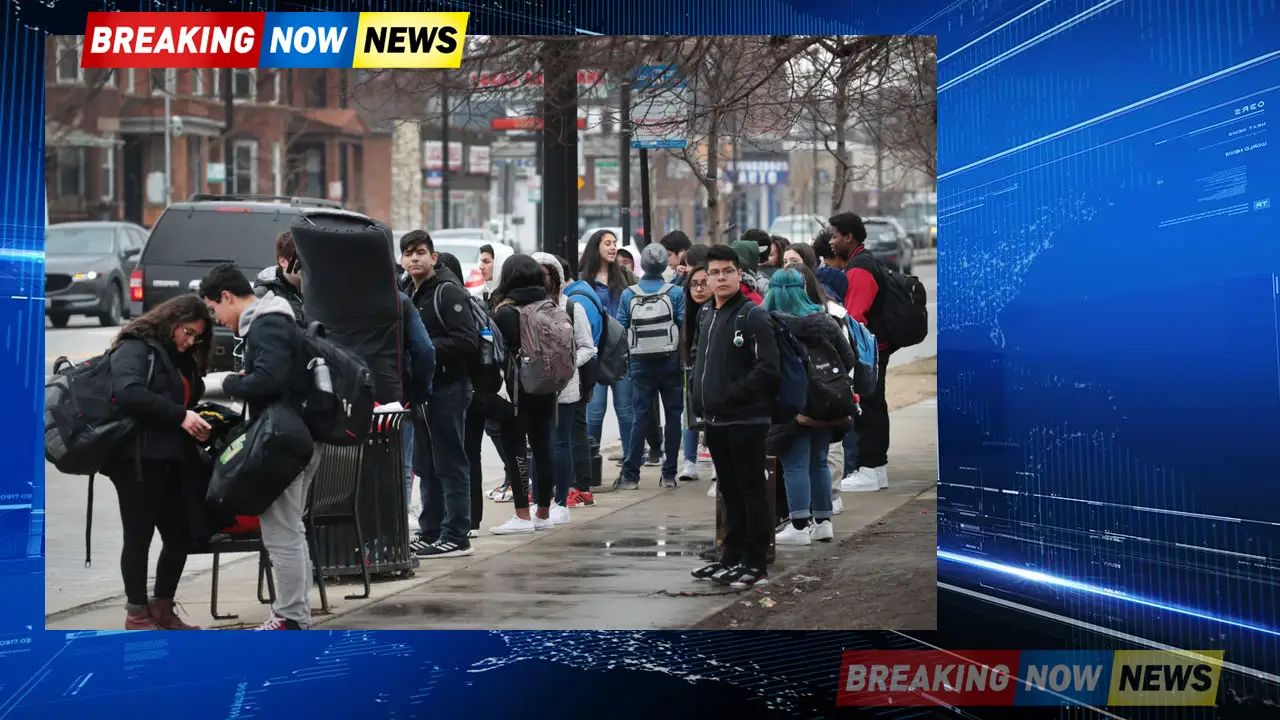Are Abortion Bans a Step Backward for Teen Birth Rates? Experts Weigh In
The ongoing debate surrounding abortion laws is igniting fierce discussions about their potential impacts on various social issues, particularly teen birth rates. Recent analyses suggest that stricter abortion regulations may inadvertently reverse the progress made in reducing these rates. This article delves into the nuanced perspectives of experts on this contentious topic.
Understanding the Current Landscape
In recent years, the United States has witnessed a significant decline in teen birth rates, a trend attributed to improved access to sexual education and contraceptives. However, with a wave of new abortion bans being implemented across several states, experts are raising alarms about the potential consequences.
The Evidence of Change
- Declining Rates: Between 2007 and 2020, the teen birth rate fell by about 70% in the U.S.
- Access to Healthcare: Increased availability of reproductive health services has played a crucial role in this decline.
- Potential Reversal: Experts warn that restrictive abortion laws could lead to a spike in unintended pregnancies among teens.
Expert Opinions
To better understand the implications of these laws, several health professionals and sociologists have weighed in:
- Dr. Emily Harper, Public Health Specialist: "Restrictive abortion laws limit options for young people, which could lead to increased teen pregnancies."
- Professor John Mitchell, Sociologist: "When access to safe abortions is restricted, the consequences are often felt most acutely by those already vulnerable—like teenagers."
- Dr. Sarah Kim, Reproductive Rights Advocate: "Access to comprehensive reproductive health services is vital for maintaining the progress we've seen in reducing teen births."
Possible Societal Implications
The potential increase in teen birth rates could have a ripple effect on society. Here are some areas of concern:
- Education Disruption: Higher birth rates may lead to more teenagers dropping out of school.
- Economic Impact: Young parents may face financial challenges, affecting their future opportunities.
- Health Risks: Teen pregnancies can pose significant health risks to both mothers and infants.
Conclusion
The implications of abortion bans extend far beyond the individual choice; they may threaten the hard-won gains in reducing teen birth rates. As the debate continues, it becomes increasingly important to consider the broader societal impacts of these legislative changes.
What do you think?
- Do you believe that restricting abortion access will lead to higher teen birth rates?
- Should comprehensive sex education be a mandatory part of school curricula to combat unintended pregnancies?
- How do you feel about the role of healthcare providers in discussing reproductive options with teens?
- Is it fair to place the burden of unintended pregnancies primarily on young women?
- What alternative solutions could be proposed to address teen pregnancy beyond abortion laws?




Comments
Leave a Reply